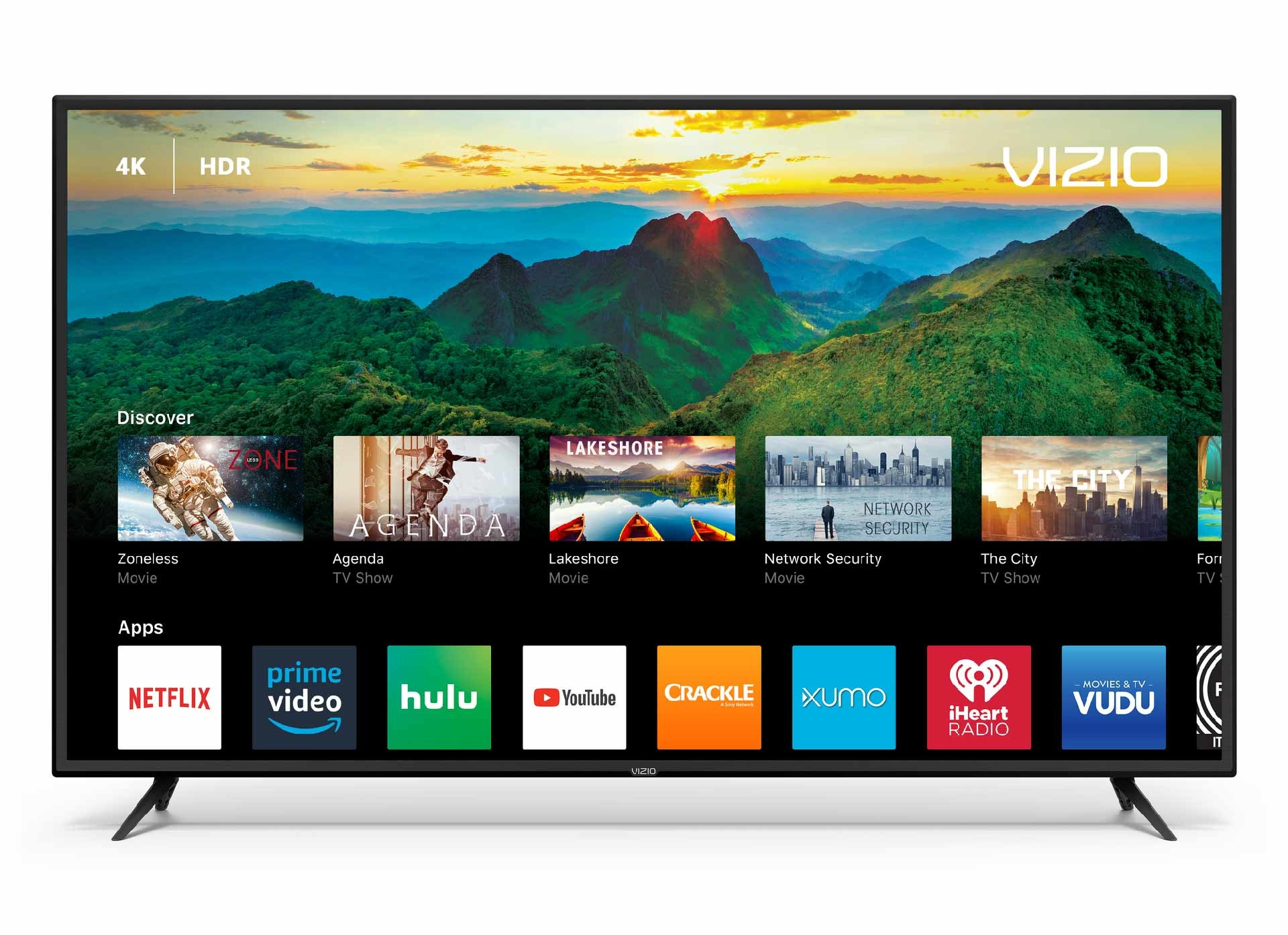Where many households are choosing cord-cutting, the type of TV screens does not matter. However, people still choose to invest in one, for either of the two reasons. They are either a family that has subscribed to both Spectrum TV and Internet plans (like ours) or they prefer viewing the online content on the big screen as well. Hence, connecting their devices to the TV screens.
Whatever the case may be if you are on a hunt for a TV screen, here’s a comprehensive LCD vs. Plasma TV comparison for you.
How does Plasma TV Work?
The display of a Plasma TV consists of cells. Within each cell, two glass panels are separated by a fine gap. The gap consists of an insulating layer, display electrode and address electrode where the neon-xenon gas gets injected. This structure of the screen offers crisp and bright images to the viewers.
Plasma TVs come in large screen sizes that range from 42” to 63”. If you want to make the most of a Plasma TV experience, you should watch content on it in a dimly lit room. Apart from the big size that Plasma TVs come in, they also offer high contrast ratios, wide viewing angles, and stunningly saturated colors.
You would also like a Plasma TV screen for its ability to track fast-moving images without any motion blur. Moreover, the visual detail sharpness is also commendable. Hence, making Plasma TV a perfect candidate for watching sports or playing online games on.
How does LCD TV Work?
LCD TVs use different technology to display images on the screen for the viewers. The LCD panels are made up of two layers of transparent material. These polarized layers get glued together. One of the two layers has a coating of a special polymer. This polymer holds the liquid crystals. When the current passes through these crystals, they pass or block light. Thus, creating images. Because LCD crystals cannot produce their own light, they need an external source. These sources can either be CCFL/HCFL or LEDs. Starting from the year 2014, all LCD TVs come equipped with LED backlights.
You can use an LCD TV as both your computer monitor screen and your TV screen. It works great in both capacities. LCD TVs, like Plasma TVs, also have a motion blur feature. However, LCD TVs have a limited viewing angle, unlike Plasma TVs.
Advantages of Plasma TV Over LCD TV
As far as Plasma TV is concerned, you will have the following advantages if you choose it over an LCD TV:
- Get access to better contrast ratios apart from the ability to watch deeper blacks.
- Plasma TVs offer better saturation as well as accuracy.
- A wider side-to-side viewing angle.
- The motion-tracking feature is better than that of an LCD TV.
Advantages of LCD TV Over Plasma TV
People prefer LCD TVs over Plasma TVs for some reason. You get many advantages if you opt for LCD TV. The list includes no burn-in of static images. Apart from that, LCD TVs also have a cool running temperature. You can also very comfortably use LCD TVs in places with high altitudes. There won’t be any issues. Moreover, LCD TVs have a better and more image brightness as compared to plasma TVs. This means that LCD TV screens are best viewed in brightly lit rooms.
The LCD TV sets have a lighter weight because of their thin screens as compared to the Plasma TV sets. LCD TVs also offer a long display of life. It is longer than that of Plasma TVs. The screen surface on LCD TVs is also less reflective. This means that LCD screens are less vulnerable to glare. The 3D versions of LCD TVs provide the viewers with two options (passive glasses and active shutter). However, Plasma TVs only offer the Active Shutter feature.
What about 4K Feature?
The 4K Ultra feature is only available on LCD or OLED TVs. That’s a decision that the TV manufacturers took when introducing the technology. As of now, 4K resolution is available on LCD TVs. These TV sets come equipped with LED Screens back as well as edge lighting. Recently, brands like LG and Sony introduced 4K technology in their OLED TVs as well.
It is possible for TV manufacturers to introduce 4K resolution in Plasma TVs as well (it will be less expensive than incorporating it in LCD TVs). However, Plasma TV sales have been constantly declining for the past couple of years. Hence, the manufacturers decided not to introduce the 4K resolution feature in those sets. Maybe, this was another reason why Plasma TVs declined. However, commercially used Plasma TVs come equipped with the 4K Ultra HD technology.
Other Major Differences on LCD and Plasma TV
Readiness for HDTV
Most of the LCD TVs come equipped with built-in TV tuners. While the HDTVs are mostly built-in these days. Not all TV sets offer this feature. But LCD TVs do.
Mercury Use
Plasma TVs do not use mercury in their screens. In contrast, LCD TVs do. This should not bother you as the amount used is very little and it won’t harm you in any way.
Screen Refresh Rates
Plasma TV is better at handling the fast-moving objects on the screen. The refresh rate of Plasma TVs is also better than LCD TVs. This is primarily because LCD TVs were designed for the purpose of displaying the computer data on their screens, keeping the increased use of Charter Spectrum Internet and the like in mind.
I hope this comparison helps you to make an informed choice regarding the type of TV you should invest in. In case you are wondering where you should purchase your TV sets from, you can give electronic retailers including Best Buy, Target, and Costco a try.




























































